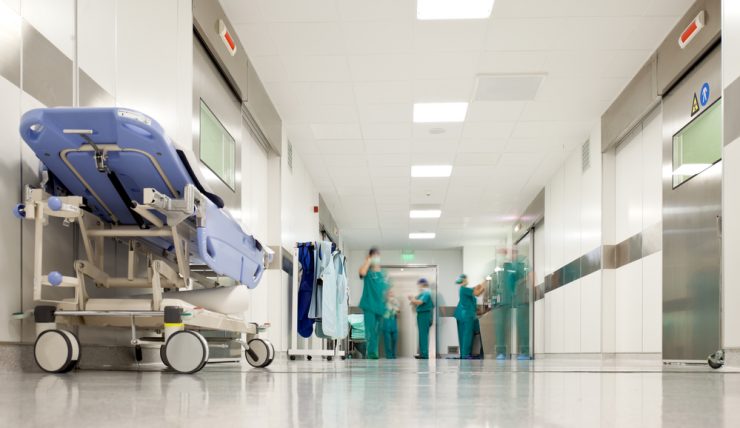Continuation of Symptoms from Part 1
The best way to remember stroke symptoms are by remembering the word ‘FAST’:
‘F’ stands for weakness or numbness in face, especially at one side,
‘A’ stands for weakness or arm numbness, especially at one side,
‘S’ stands for difficulty in understanding or slurred speech, and
‘T’ meaning time, which is very essential (call 999 immediately).
Immediate treatment is very essential for strokes as brain cells about 1.9 million are lost each minute if a stroke is untreated. Also thrombolysis should begin within three hours from the time the stroke is experienced.
Transient ischaemic attack (TIA)
Transient ischaemic attack (TIA) symptoms are similar to stroke but can lasts anything between few hours to few minutes before disappearing completely. However TIA must not be ignored as this is a warning sign of shortage of blood supply problem in the brain. There are about 20% chances that those with TIA shall experience a complete stroke within four weeks after TIA. You need to contact your GP immediately if you had TIA. Specialist assessment is recommended by Department of Health within a period of seven days once TIA has occurred. As few people are at high risk to have a stroke after TIA. Some risk factors are:
Diabetes,
Aged 60 or above,
High blood pressure or hypertension,
TIA symptoms that lasts more than 1 hour, and
During TIA, experiencing weakness in body as well as problems with speech.
Causes
Ischaemic strokes – When the blood flow to brain is blocked by blood clots Ischaemic strokes occur. These clots normally are formed in areas wherein the arteries get narrowed or get blocked with fatty cholesterol which contains deposits called as plaques. The narrowing of arteries is called as atherosclerosis. With age the arteries get narrower but some factors can expedite this process like:
Smoking,
Obesity,
High levels of cholesterol
Family history of diabetes or heart disease
High blood pressure
Diabetes can be a major risk factor if not controlled properly as the excessive glucose in blood damages arteries. Irregular heartbeat can be another cause of ischaemic stroke, which causes blood clots that get lodged in brain. Atrial fibrillation can occur by:
Disease of coronary artery,
Disease of mitral valve,
Cardiomyopathy
Pericarditis
Hyperthyroidism
High blood pressure
Excessive intake of alcohol
Drinking caffeine excessively – for example coffee, energy drinks and tea
Haemorrhagic strokes
With the bursting of blood vessels in brain, haemorrhagic stroke occurs. High blood pressure can be the main reason which weakens arteries in brain resulting in making them vulnerable to rupture or split.
High blood pressure includes few risk factors like:
Being overweight,
Excessively drinking alcohol,
Smoking,
No exercise, and
Stress, which temporary raises the blood pressure.
Any individual ethnic group can be a major factor for having a high blood pressure. 50% of Caribbean or black American origins above the age of 40 years are prone to high blood pressure. This is because people with African origin have high sensitivity to salt effects which causes rise in blood pressure. A severe head injury can also at times be a cause of haemorrhagic stroke.
Other causes
About 5% of strokes occur because of a condition called as subarachnoid haemorrhage. The cause for this is different as compared to others, as this condition has brain defects which are present during birth.








